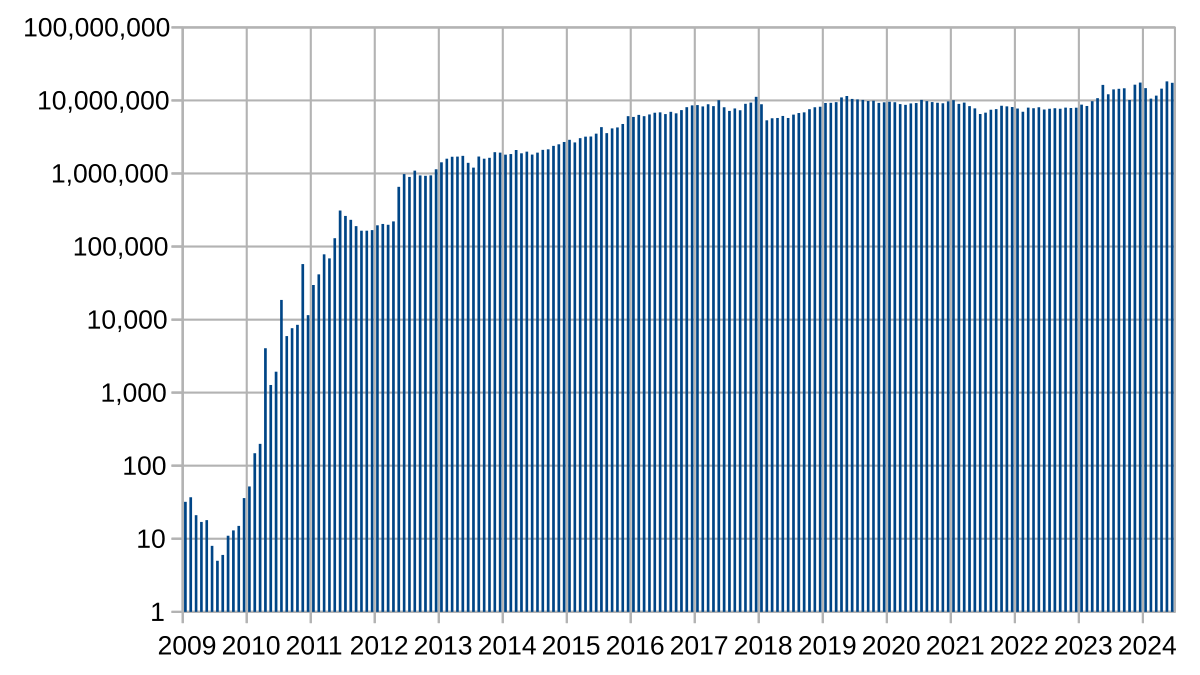
Bitcoin Scalability Problem
The Bitcoin scalability problem refers to the network's limitations in handling high volumes of transactions. Due to block size and frequency constraints, the network's throughput is limited, resulting in delayed transactions and increased fees.
Technical Optimizations
To enhance scalability without overloading the network, Bitcoin has implemented technical improvements. These include Schnorr signatures for efficient transaction verification, Merkelized Abstract Syntax Trees for smaller smart contracts, and signature aggregation for compact multi-signature transactions.
Layer 2 Systems
The Lightning Network (LN) is a layer 2 protocol that enables off-chain transactions, improving scalability and speed. By opening payment channels, participants can make rapid payments within the channel or route them through intermediate nodes with minimal fees. LN has been successfully implemented in El Salvador, where it serves as the primary cryptocurrency payment method.
Block Size Increases
Another approach to scalability is increasing the block size, allowing for more transactions per block. Various proposals have been made over the years, including BIP100, BIP101, Bitcoin XT, and Bitcoin Classic. However, these proposals have been controversial, with some arguing that larger blocks compromise network security and decentralization.
Other Considerations
Litecoin and Dogecoin have achieved higher throughput by decreasing block time and increasing block size, respectively. Bitcoin Cash has removed the block size limit altogether. Bitcoin Unlimited advocates for miner flexibility to adjust the block size based on support from nodes and miners. The ongoing debate over Bitcoin's scalability has been a major factor in the emergence of forks and competing cryptocurrencies.